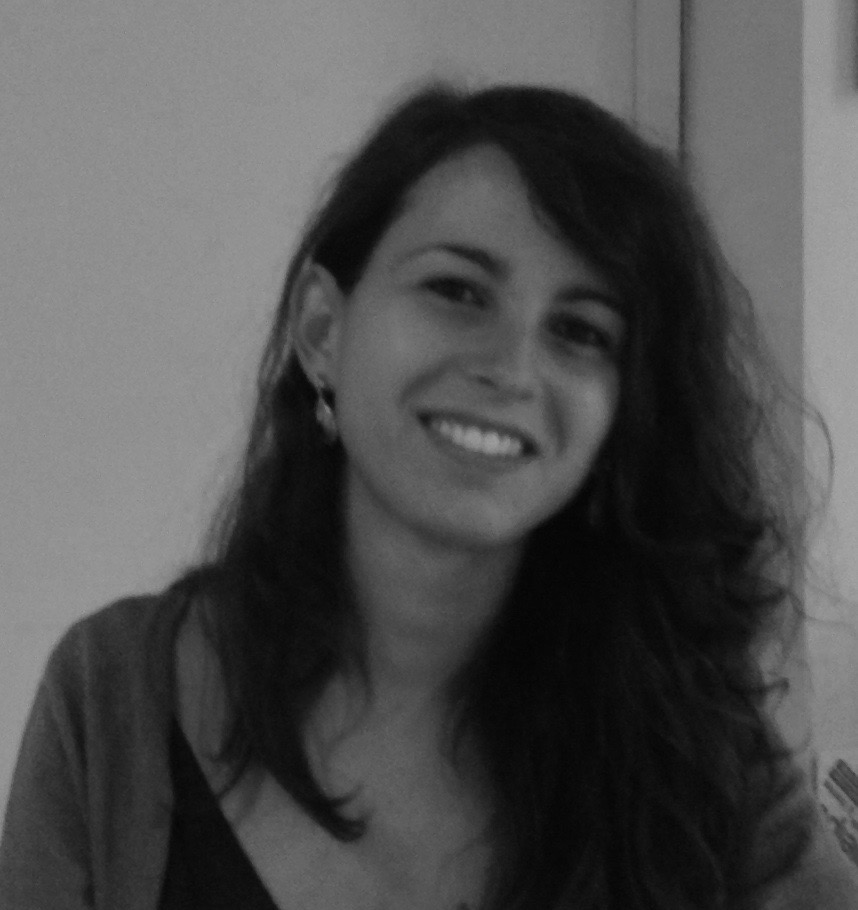In architecture it is possible to combine aesthetics, sustainability, quality and harmony with the surrounding environment. Out of Denmark emerges the example of Lendager Group, an architecture firm that uses upcycled cement, timber and bricks obtained locally, whilst also ending the year 2017 with 29 new employees.
It all began with architect Anders Lendager’s revelation and subsequent founding of Lendager Group, in 2011. The revelation – or rather the gaining of consciousness – was and is rather simple, almost banal: we do not possess the material resources for the construction of the buildings and cities of the future.
In fact, it is estimated that around 60% of the buildings necessary to accommodate the current rate of growth and urbanisation have yet to be built. In just 3 years, from 2011 to 2013, China used more cement than that used by the United States throughout the whole of the 20th century.
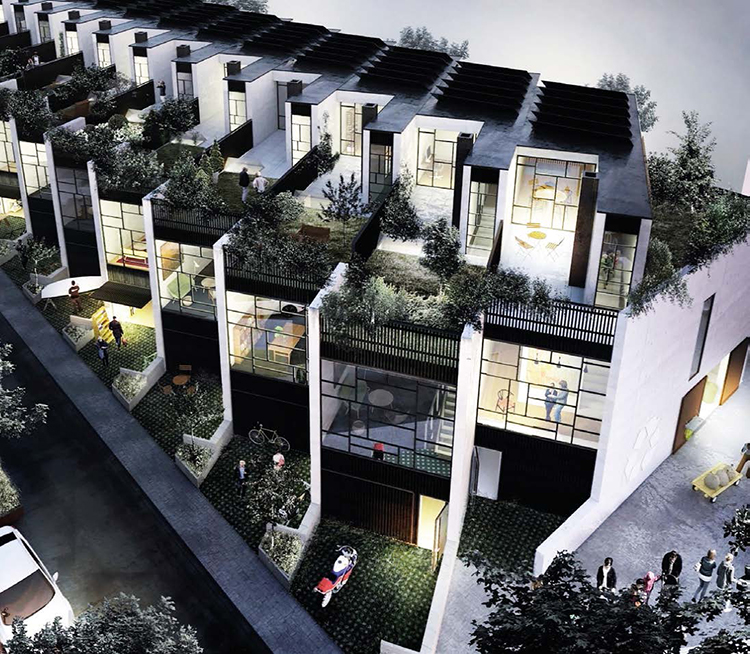 |
|
Upcycle Studios – Lendager Group.
|
Material resources are no longer available, unless we re-imagine existing materials and their uses. This is exactly what the Danish Lendager group has been doing for over five years, pioneering circular economy and energy efficiency in architecture.
One of the first projects brought forth by the architecture firm was Upcycled House, a single-family house constructed with upcycled waste materials. By performing a lifecycle assessment on the house it emerged that altering the materials used helped save up to 82% of carbon dioxide when compared to a normal house. The upcycling element that most represents the Upcycled House is the use of shipping containers. Due to a disparity in trade, between the West and Asia’s imports and exports, a large amount of empty shipping containers are parked in European harbours, and can therefore be purchased at a low cost. This and other intuitions allow for the saving of resources as well as offering a product that is economically competitive, if not even cheaper, than standard buildings.
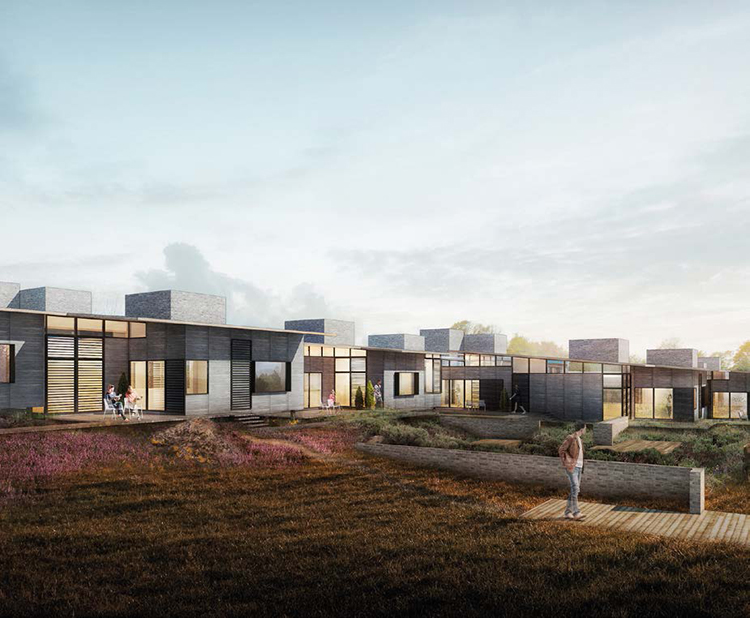 |
|
The Settlers.
|
From focusing on single buildings the attention of the Danish firm has shifted to larger constructions. Commercial complexes, ranging from 10,000 to 20,000 square meters, with projects that rely on the large amounts of waste materials derived from consumers and the construction industry. Cement, bricks and timber are upcycled and used in new buildings.
Empty suburban buildings are seen as potential banks or deposits of materials and represent the starting point for new constructions. Agreements, with demolishing companies and the owners of the old manufactured resources, allow Lendager to intercept and stock up on materials that would otherwise be destined for a process of sub-cycling. In this innovative process demolishers, in the measure by which they are the owners of the resources, become creative partners with the firm.
Project after project, Lendager group is demonstrating how the upcycling of materials is economically viable, both in terms of cutting costs and increasing business opportunities. In fact, out of the lack of suppliers of upcycled materials emerges Lendager Up, an independent company that develops products that optimise the use of resources found locally and creates upcycled materials. Some examples include: soundproofing panels obtained from plastic bottles, old sails used as separating units, waste timber employed as protective material against fires, and even double glazed windows born out of old windows.
Innovation is therefore born together with the development of the architectural projects. The projects become generators of sustainable innovation, which is then used in upcycled buildings at the same cost of traditional buildings.
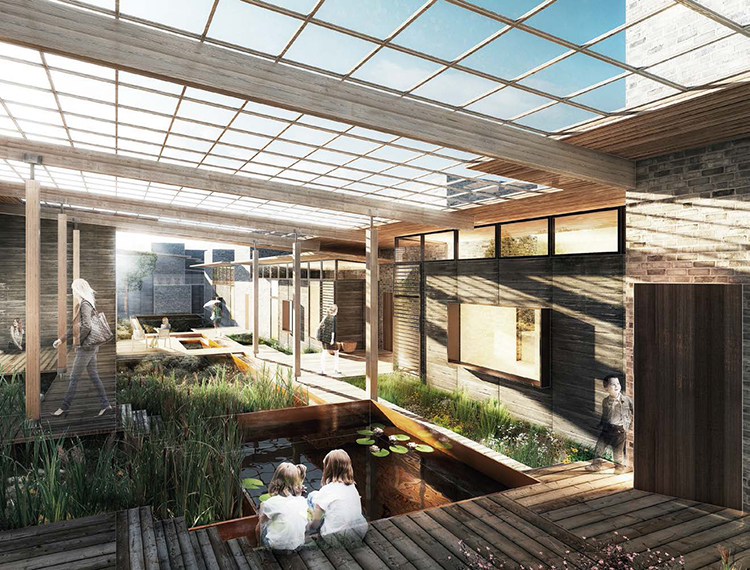 |
|
The Settlers.
|
The scarcity of material resources is a challenge for architecture. Lendager is rising to that challenge by looking at materials and resources from a different perspective. At the same time, they are creating jobs at the local level and enabling new business models that can be scaled up outside of the traditional models of architecture.
Lendager Group lendager.com/en
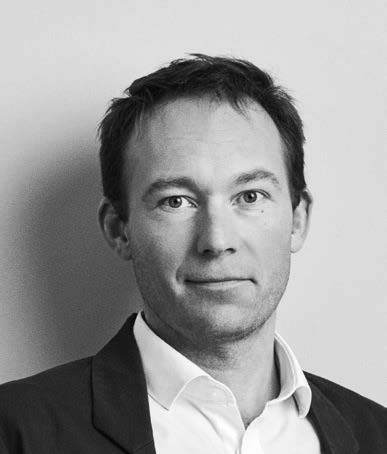 |
|
Photo by Simon Birk
|
Interview with Anders Lendager, architect, founder and CEO of Lendager Group
by A. I. T.
Cities Will Be Resilient and Regenerative
How do you imagine the cities of the future?
“I see cities as a living organism, in which different parts are connected and vital for the survival of the entire organism. The city will be regenerative and resilient, able to maintain healthy and balanced elements and to regenerate itself both in terms of materials and energy, without forgetting about people, their health and their social wellbeing and employment. Buildings and cities increase the quality of life of people and are central to climate change mitigation. Urbanisation, sustainability, quality of life and growth have to be prerequisites, not opposites.”
How important is nature in your vision of architecture?
“Biodiversity is essential for a healthy city. In the development of the city nature makes buildings act in a different way, it allows for the saving of energy and materials. Nature gives a lot back also in terms of liveability, it brings sustainable architectural solutions and regenerates the earth that has been polluted. Whilst in external environments nature can be the instrument with which to tackle food scarcity, in internal spaces it has the potential to create oxygen and break up carbon dioxide. There are many interesting ways in which nature can be used as a part of our strategy, so as to create a better and healthier environment.”
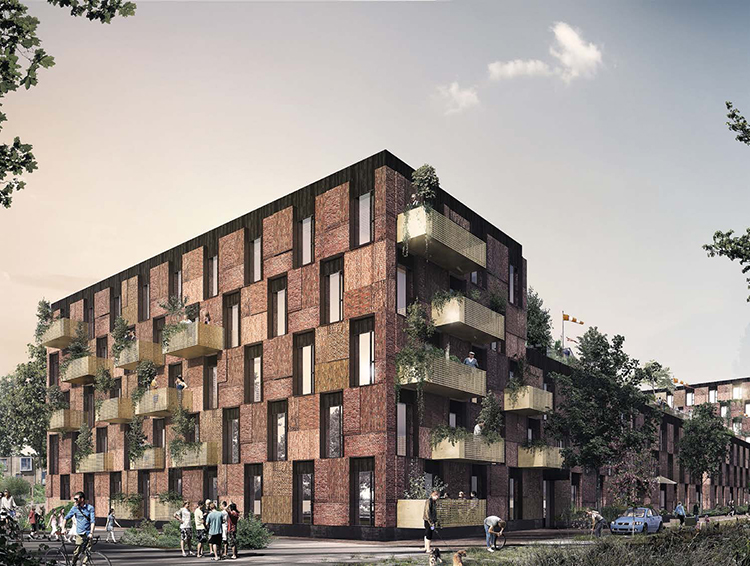 |
|
The Resource Rows – Lendager Group.
|
Can circular economy business models in architecture spread globally?
“At the moment it is crucial to create some examples of this circular approach so as to prove that these are economically viable and scalable. Today there are many projects that need to be developed. When we can prove that it is possible to build in an alternative and circular way, then it will certainly be possible to accelerate and change the way in which cities across the world are built. The only thing we know for certain is that we do not have the resources with which to construct the buildings of the future. The black hole in resources, whereby we want products but do not have materials, will only be fully comprehended once we are obliged to think about how to change the way we use materials, in the hope that it will not be too late. Today we can begin to think in a different way, a way that allows us to cut down on CO2 and create regenerative buildings and circular cities.”
Is there a limit to that which can be recycled in a building or can everything be recycled?
“No, I do not think there is a limit. There are some materials, used in different parts of the world, that are very advantageous; in the measure by which they ensure durability and functionality over time. There are, on the other hand, new materials that need to be developed so that they adapt to different climates. Currently, I believe the upcycling of the bricks, cement, steel and glass with which we construct the buildings of today, to be the best method with which to build. However, in time we will develop new materials which we had not considered before, such as biocomposite materials.”
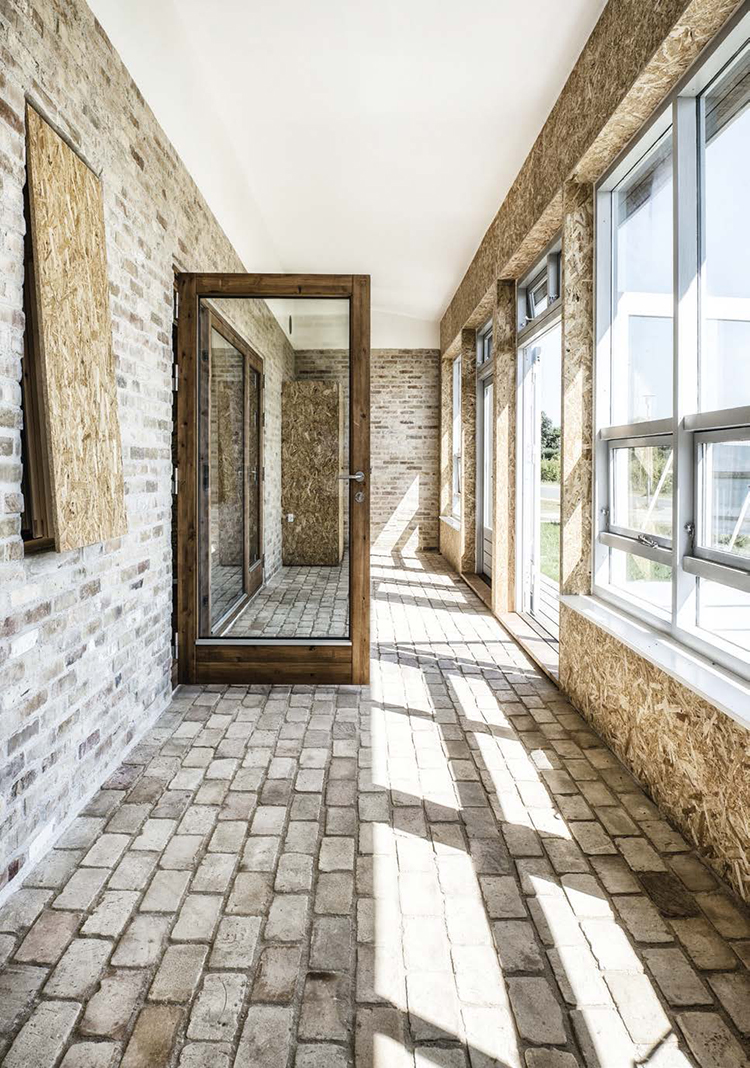 |
|
Upcycle House – Lendager Group.
|
Does Danish law incentivise the reuse of materials?
“Certain Danish laws attempt to reduce these opportunities. This is a problem that we have to face because they limit the use of certain materials. At the same time, there are many opportunities in areas which are not regulated and also in ones where the government incentivises the owners of buildings to reuse and treat materials so as to ensure that they do not pollute when disposed of. Through a combination of non regulation and incentives for reuse we have lots of materials available locally that can be used for different aspects of upcycling.”


